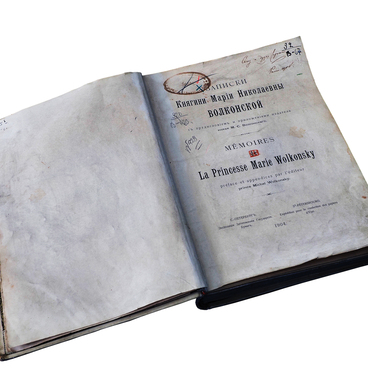Incense burners are the containers for burning incenses of vegetable and animal origin. Appearance of such phenomenon as an incense burner in China took place even before the Common Era and was connected with religious and mystical practices.
Early incense burners were made of metal and ceramics, their bodies were decorated with engraved images of mythical beings and idols. In the course of time, when new spices and incenses started to be imported to China, the rituals of using the incense burners in different spheres of life, to the extent of everyday life, appeared. Along with that new materials for making the burners, such as gold, silver, and porcelain, became customary. New forms and sizes of incense burners appeared. The Chinese started to use burners not only for the sacral purposes, but also to show their status and social position.
From the second part of the 14th century till the first half of the 17th century craftsmen started to use such materials as gemstone, bamboo, and wood chippings for making the burners. At the same time production of some new types of vessels made of copper was launched. More than thirty different ingredients were added to them along with the precious minerals. It was the period when porcelain-made burners became popular, and Chinese craftsmen laid the traditional basis of the product’s look and decoration. In the painting they used floral motifs and the symbols promising luck and prosperity. Generally, the palette was based on the combination of white and blue tones. However, there were also burners painted in more bright and various set of colours.
From the second part of the 17th century till the first decade of the 20th century very intensive technological development in making the burners took place, the variety of forms and materials expanded. Craftsmen actively used different colours of porcelain enamel, gilding, recently appeared fretwork. This period is considered the golden age of incense burners in Chinese culture.
From ancient times and up until now the incense burner usage broadened, nowadays they are used not just for the religious rituals in the temples, but also for the hygienic, medical and everyday purposes.
This exhibit item belonged to the Volkonsky princely family. It has a neat hexagonal shape and is a bit arched along the outline. On the sides are the apertures emphasized with the colours. The vessel’s decoration is bright and polychromic, it is coloured with the floral motifs. The body of the vessel is decorated with the images of birds and butterflies.

